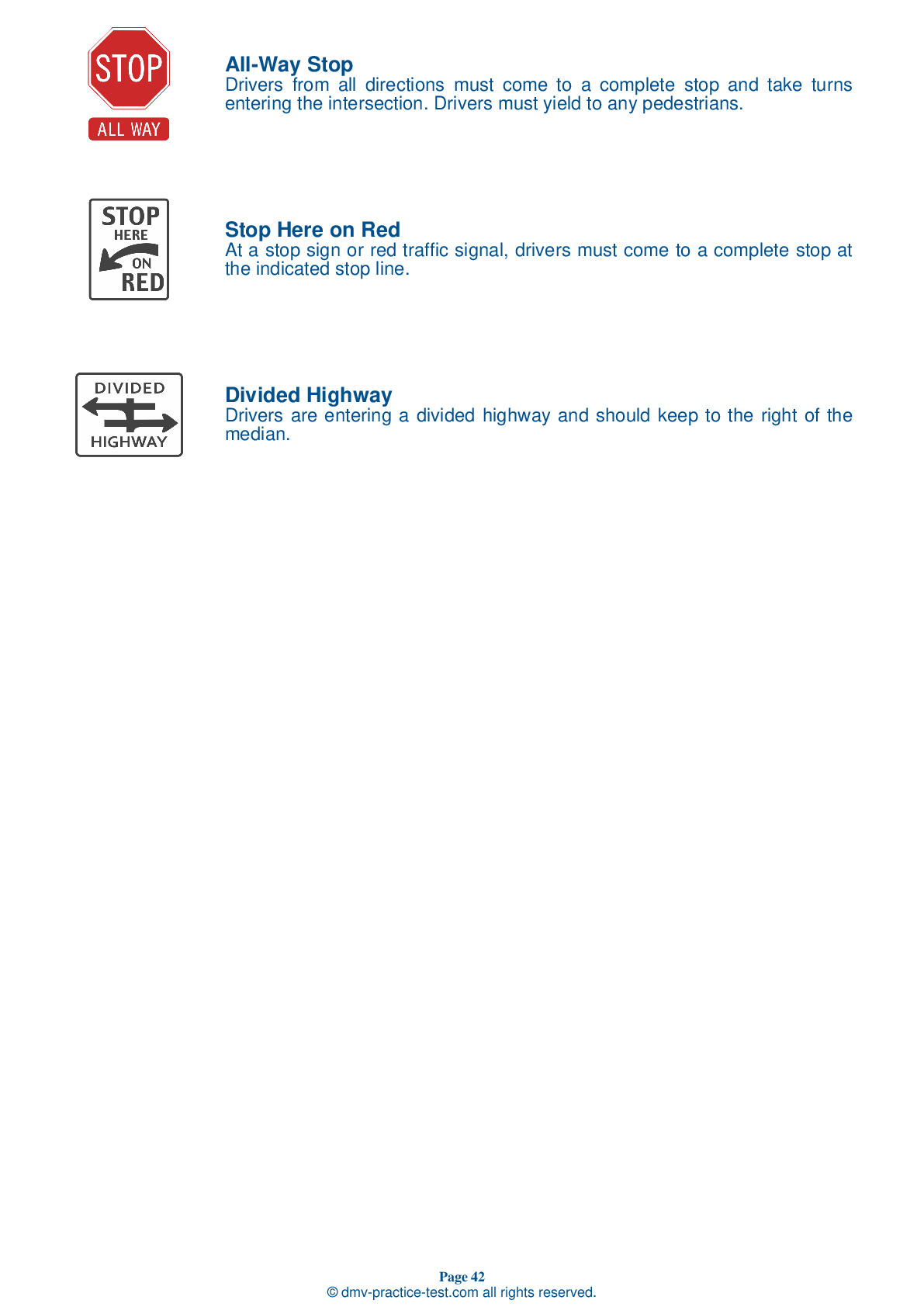Motorcycle Test | License HI 2025 | FREE Online Practice! #10
Take this FREE motorcycle test (license in HI 2025) to check your knowledge of the road rules. To improve your results, download a motorcycle handbook online, study theory, and practice for free on our website. Still worried about how to get a motorcycle license in Hawaii in 2025? Check our website for more sample tests, train as much as possible, and boost your grades!
1 . This road sign means:

This sign marks a high occupancy vehicle (HOV) lane. HOV lanes are reserved for use by buses and vehicles with a driver and one or more passengers, as indicated on the sign.
2 . To make a quick stop on wet pavement, you should:
Use both brakes if you must make a quick stop on a slippery surface. The front brake is safe to use on a slippery surface if applied gradually to prevent locking.
3 . When braking, you should:
Use both brakes every time you slow or stop, regardless of the condition of the road.
4 . Which of the following is not a good safety tip?
Slow to a safe speed before beginning a turn and lean in the direction of the turn. Don't drag your feet on the roadway, as you could lose control if they catch on something. Always scan the roadway for other traffic.
5 . A pre-ride inspection should be done:
To prevent any dangerous situations caused by technical issues, you should perform a thorough inspection of your motorcycle before every ride. Compared to a car, small technical problems can have more serious consequences on a motorcycle.
6 . A person is considered legally intoxicated when they have a blood alcohol concentration (BAC) of _____ or higher.
For people above the legal drinking age of 21, a blood alcohol concentration (BAC) of 0.08 percent is considered legally intoxicated. It is illegal and dangerous to operate a motor vehicle when intoxicated.
See the exact questions that will be on the 2025 Hawaii DMV exam.
99.2% of people who use the cheat sheet pass the FIRST TIME
Jeneen was tired of paying $5/gallon. She got herself a scooter that required the motorcycle license. She studyed the motorcycle test cheat sheet and passed her test the next day!
Christopher tells us how he knew nothing prior to obtaining the motorcycle study guide, and he only got one question wrong because he clicked on the wrong answer by mistake.



